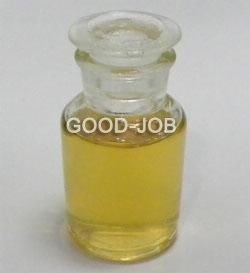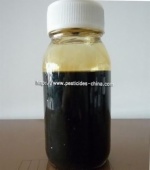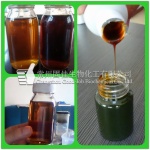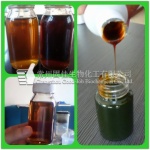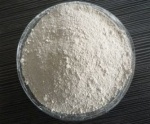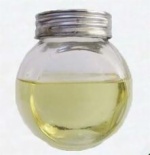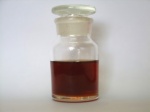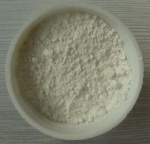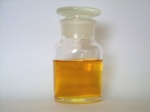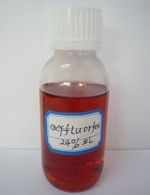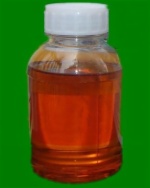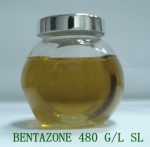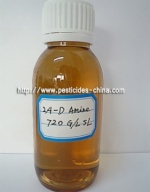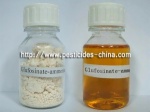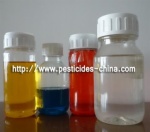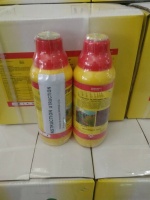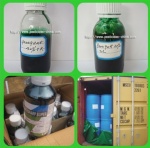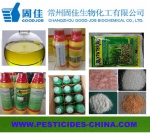Acephate 30% EC
- Description
- Specifications
Acephate is found in a variety of commercial insecticides. Trade names for products containing acephate include Orthene,Asataf, Pillarthene, Kitron, Aimthane, Ortran, Ortho 12420,Ortril, Chrevron RE 12420, and Orthene 755 (116, 9).
China basic Acephate 30% EC manufacturer exporter and Supplier
Acephate 30% EC
Introduction
Acephate 30% EC. Acephate is used primarily for control of aphids, including resistant species, in vegetables and in horticulture. Acephate also controls leaf miners, caterpillars, sawflies and thrips in the previously stated crops.
- Acephate is an organophosphate foliar spray Insecticide of moderate persistence with residual systemic activity of about 10-15 days at the recommended use rate. Acephate is used for control of a wide range of biting and sucking insects, especially aphids, including resistant species, in fruit, vegetables (e.g. potatoes and sugar beets), vine, and hop cultivation and in horticulture (e.g. on roses and chrysanthemums grown outdoors). Acephate also controls leaf miners, lepidopterous larvae, sawflies and thrips in the previously stated crops as well as turf, mint and forestry. Acephate is considered non-phytotoxic on many crop plants. Although, a marginal leaf-burn has occurred on Red Delicious apples. Acephate and its primary metabolite, methamidophos, are toxic to Heliothis spp. that are considered resistant to other organophosphate Insecticides. Acephate emits toxic fumes of phosphorus, nitrogen, and sulfur oxides when heated to decomposition. Symptoms of exposure to Acephate include a slight irritation of eyes and skin. Acephate comes in soluble powder, pressurized spray and granular formulations.
Target:
Pests: Acephate is recommended for the control of a wide range of chewing and sucking insects, e.g. aphids, thrips, lepidopterous larvae, sawflies, leaf miners, leafhoppers, cutworms, etc.
Crops: Acephate is recommended for use on fruit (including citrus), vines, hops, olives, cotton, soya beans, peanuts, macadamia nuts, beet, brassicas, celery, beans, potatoes, rice, tobacco, ornamentals, forestry, and other crops.





